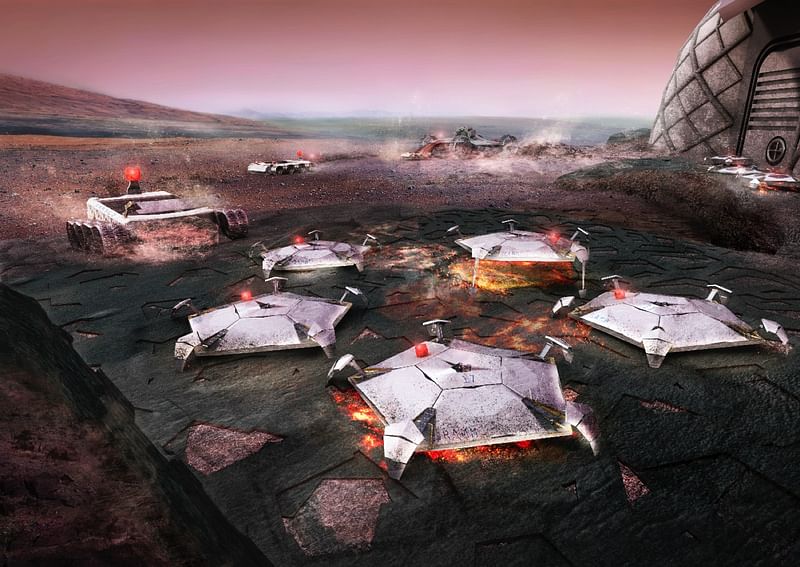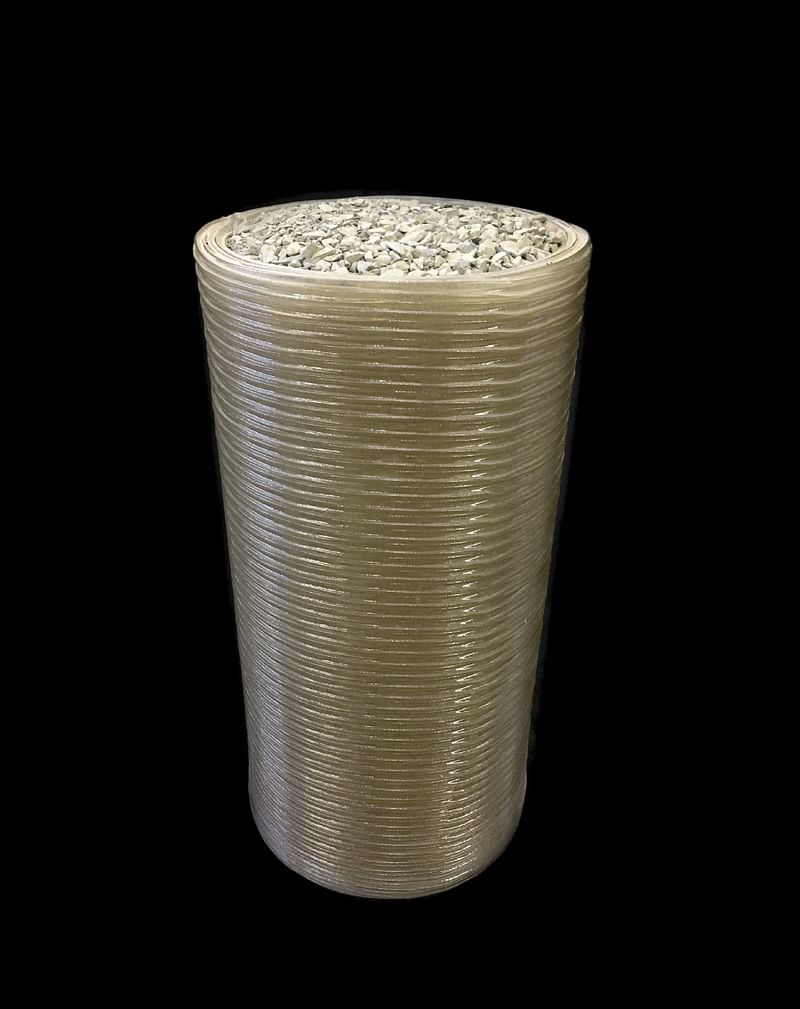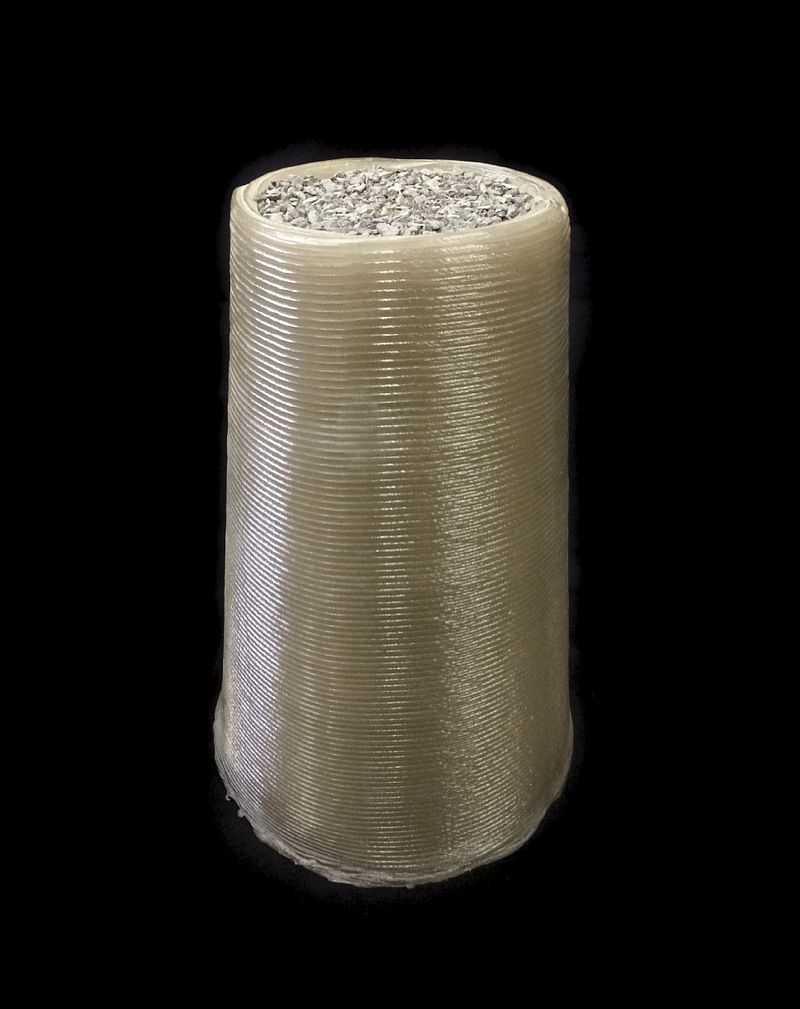Foster + Partners | Branch Technology score first prize in NASA 3D-Printed Habitat Challenge Phase 2: Level 1 test
By Justine Testado|
Tuesday, May 9, 2017

Related
A team comprising Foster + Partners and Chattanooga-based Branch Technology recently won first prize in the NASA 3D-Printed Habitat Challenge's Phase 2: Level 1 Compression Test Competition. The three-phase Habitat Challenge envisions a future where autonomous machines can help build extra-terrestrial shelters for human habitation, and at the very least, potentially aid in developing technologies that can advance building fabrication methods here on Earth. Phase 2 is divided into three sub-competitions, with each level focusing on a different structural challenge.
Foster + Partners achieved the highest score out of seven teams in this competition. University of Alaska, Fairbanks won second place, while the other five teams were Bubble Base from Winston-Salem, North Carolina; Pennsylvania State University of University Park; CTL Group Mars from Skokie, Illinois; ROBOCON of Singapore; and Moon X Construction from Seoul, South Korea.
Read on for more.


After winning second place in Phase 1 in 2015, Foster + Partners teamed up with Branch Technology to refine the original concept.
In the Phase 2 - Level 1 Compression Test Competition, the seven competing teams had to use a combination of recycled mission materials and indigenous Martian regolith (soil) to 3D-print a truncated cone and a cylinder, which went through compression testing to assess their suitability as structural components.
Proposals that maximized the use of local resources/mission waste scored more points from the jury, while proposals that relied on water and imported construction materials got marked down.

Foster + Partners and Branch Technology’s Level 1-cylinder design (pictured above) combined 30 percent recycled mission plastics and 70 percent Martian regolith to achieve a maximum compressive load of 62,530 lbs (28,363 kg).

In the coming weeks, the teams will work on their designs for the Phase 2 - Level 2 Beam Member Competition, in which a beam will be 3D-printed to test spanning structures. New teams can enter the Level 2 competition if they meet minimum requirements.
“Seeing tangible, 3D-printed objects for this phase makes the goals of this challenge more conceivable than ever,” said Monsi Roman, program manager of Centennial Challenges on NASA's website. “This is the first step toward building an entire habitat structure, and the potential to use this technology to aid human exploration to new worlds is thrilling.”
You can learn more about the NASA 3D-Printed Habitat Challenge here.
Images courtesy of Foster + Partners | Branch Technology.

RELATED NEWS Winner of NASA's 3D Printed Habitat Challenge: Would you live inside the Mars Ice House?

RELATED NEWS Results of NASA's 3D Printed Habitat Challenge for space exploration


Share
0 Comments
Comment as :